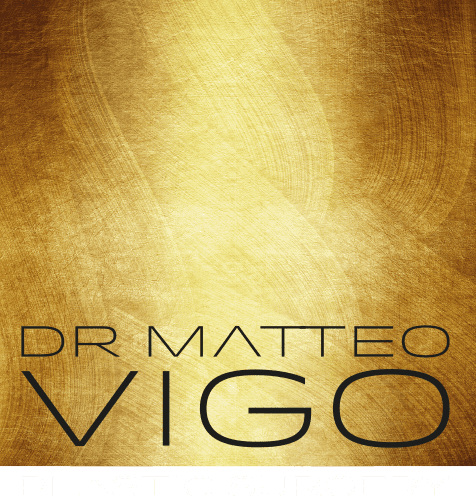BOTOX FOR TREATING FACIAL LINES & WRINKLES
Botox Dubai | 29 January 2025
The injection known as Botulinum toxin type A, or Botox, weakens the facial muscles. They are unable to tug on the skin above as a result. Injections are most frequently used to reduce the visibility of wrinkles and fine lines. They can, however, address other ailments like excessive perspiration and neck spasms. Botox is technically a toxin. Nonetheless, it can provide a number of advantages for both medical and cosmetic uses when taken in tiny amounts.
The first and most popular Botulinum Toxin is marketed under the name Botox®. All products containing botulinum toxin are now routinely referred to by this generic designation. This is untrue since, despite their comparable effects, these products are not Botox and are not the same. Azzalure and Bocouture are the other brands of Botulinum Toxin that are available.
Botox injections are mostly used for cosmetic aims. This treatment approach is popular among those who want to define their faces and reverse anti-aging symptoms.
By reducing the visibility of fine lines and wrinkles, Botox gives patients a more refreshed and young appearance. It is most frequently applied to horizontal forehead lines and dynamic wrinkles between the brows, sometimes known as frown lines or 11 lines. Additionally, it reduces crow’s feet and smile wrinkles around the eyes. Cosmetic Botox has short-term effects that typically go away within three to four months.
WHAT DOES BOTOX ACTUALLY DO?
Following skin injection, Botox targets the neuromuscular junction. The nerve signalling processes are blocked by Botox. Normally, these cause the muscles to contract. Instead, Botox temporarily weakens or paralyses muscles by inhibiting them. The degree and length of muscular relaxation depend on how much Botox is taken.
The wrinkles must be dynamic – that is, only apparent with movement or facial expression – for Botox to be an effective anti-wrinkle treatment. In this case, wrinkles are prevented from forming because the muscles that were relaxed by Botox no longer pull on the skin. Botox won’t work well to repair wrinkles that are static, which means they are deeply rooted and always noticeable no matter how you move your face.
Treatments like dermal filler wrinkle injections, Tretinoin cream, or skin enhancers like Profhilo are the best options in these circumstances. Botox wrinkle injections can be used for preventive as well as for treating dynamic wrinkles. Contrary to popular belief among potential patients, the preventative benefits are most helpful once wrinkles begin to show. They are not required for prevention if you have not yet developed lines or wrinkles.
PREPARING FOR BOTOX
To get the most out of your treatment and prevent problems later on, you need to know how to get ready for Botox and fillers. Alcohol should not be consumed on the day of therapy.
A week prior to your treatment, you should also refrain from taking anti-inflammatory drugs like ibuprofen or aspirin since these can exacerbate bruising. Ask Dr. Vigo if it’s okay to stop using anti-inflammatory medication if you must take them on a regular basis to treat a medical issue.
BOTOX IS A QUICK TREATMENT
The popularity of Botox therapy can be attributed to its speed. You won’t require an anaesthetic, and the procedure only takes a few minutes. Although most medical professionals will give you numbing cream to make the treatment more comfortable, you should not be concerned if you experience any minor discomfort. Dr. Vigo will walk you through the procedure and make sure you feel comfortable before beginning treatment.
The number of injections and units of Botox given will depend on the location and desired result. Dr. Vigo will use a tiny needle to administer a series of tiny injections into the treatment area. You can have injection marks, redness, and little bumps over the treated area right after the procedure. These often go away in a few hours, and you should anticipate seeing improvements two to seven days following treatment, with the greatest effects appearing two to three weeks later.
BOTOX AFTERCARE
Even though Botox is a low-maintenance surgery, there are a few aftercare techniques that can help you reduce bruising and discolouration if you want to get the most out of your treatment. Check out Dr. Vigo’s aftercare advice below:
– Avoid touching and putting pressure on the treatment area for the first 6 hours
– Wait at least 12 hours after treatment before applying makeup
– Wait 24 hours to exercise to reduce the risk of bruising and botox migrating
– Do not sleep or lie flat for 6 hours after the treatment
– Do not massage the face for 24 hours after Botox treatment (you can gently wash it and pat it dry with a towel)
